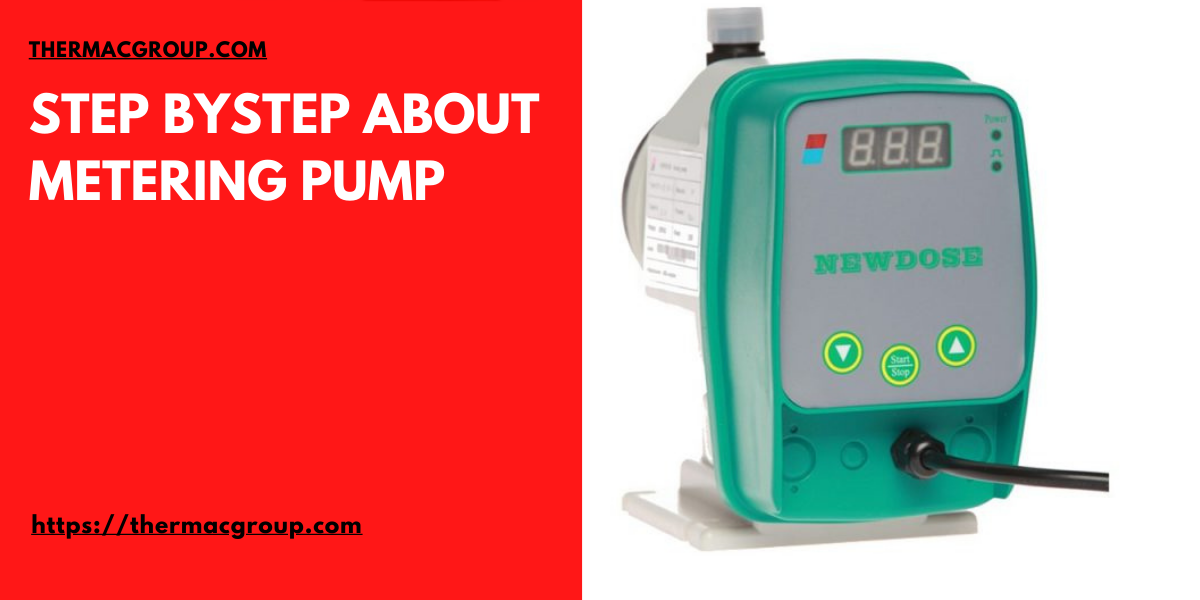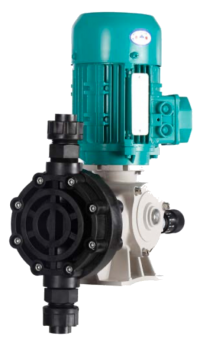A metering pump is a positive displacement chemical dosing device that may adjust capacity manually or automatically depending on process circumstances. It has a high degree of repeated precision and can pump a variety of substances such as acids, bases, corrosives, and viscous liquids and slurries.
A reciprocating piston, which is either in direct contact with the process fluid or is protected from it by a diaphragm, generates the pumping action. Hydraulic fluid is used to move diaphragms between the piston and the diaphragm. Metering pumps are commonly employed in applications involving one or more of the following criteria.
- Low flow rates in ml/hr or GPH are necessary,
- high system pressure.
- Dosing is controlled by a computer, microprocessor, DCS, PLC, or flow proportioning.
- Corrosive, hazardous, or high temperature fluids are handled.
- Viscous fluids or slurries must be pumped.
Pump Components
Driver
The pump is powered by an AC constant-speed motor. Drivers with variable speeds, pneumatics, and hydraulics are also used.
Liquid end
The design and materials of construction of the liquid end are dictated by the service circumstances and the type of the fluid to be handled. Temperature, flow rate, fluid viscosity, corrosiveness, and other variables are all taken into account.
Driver Mechanism
The drive mechanism converts the driver’s rotational motion into reciprocating action. To ensure reliability during continuous operation, industrial duty pumps will immerse this part of the pump in an oil bath.
Flow adjustment
Pump flow rate can be adjusted by altering stroke length, effective stroke length, or stroking speed. Most metering pumps come with a micrometre screw adjustment like the one illustrated below. An electronic or pneumatic actuator can be used in place of the micrometre to alter pump flow rate in response to a process signal.
For more information about metering pump malaysia, please visit https://thermacgroup.com







